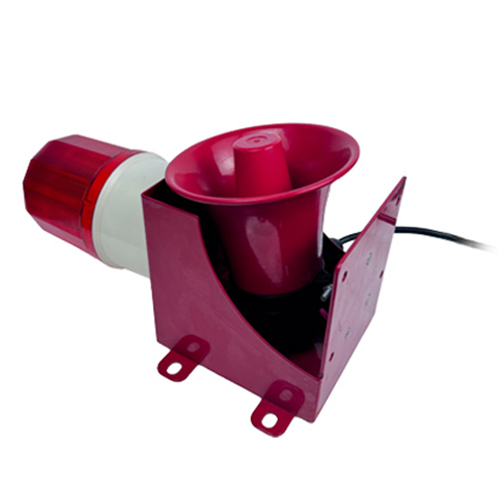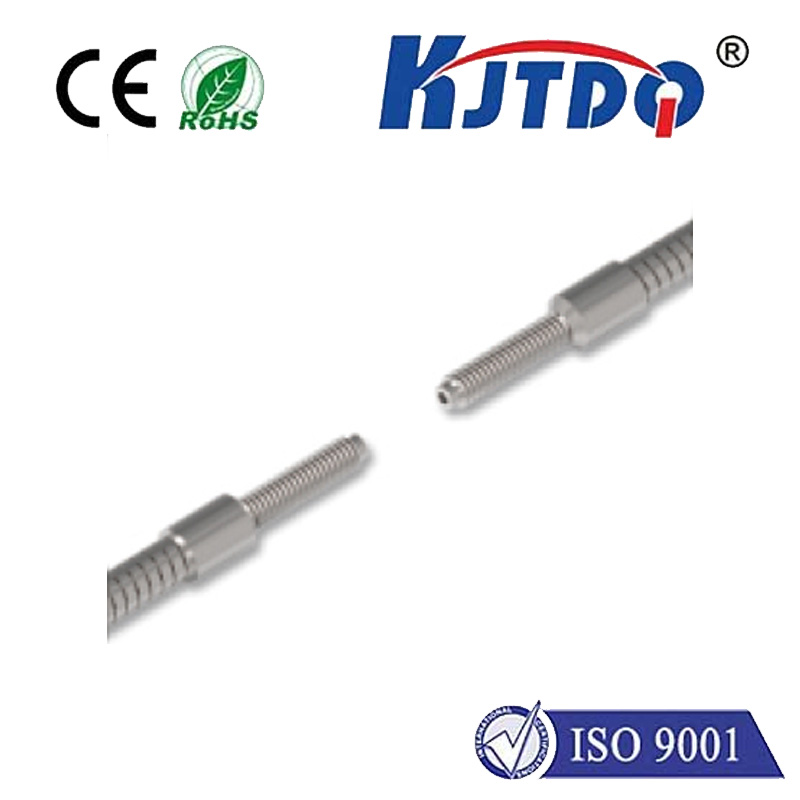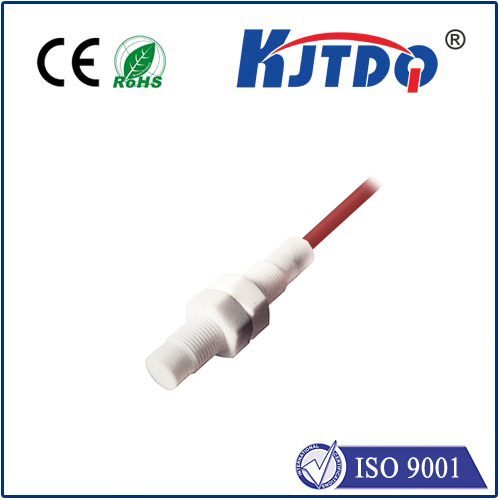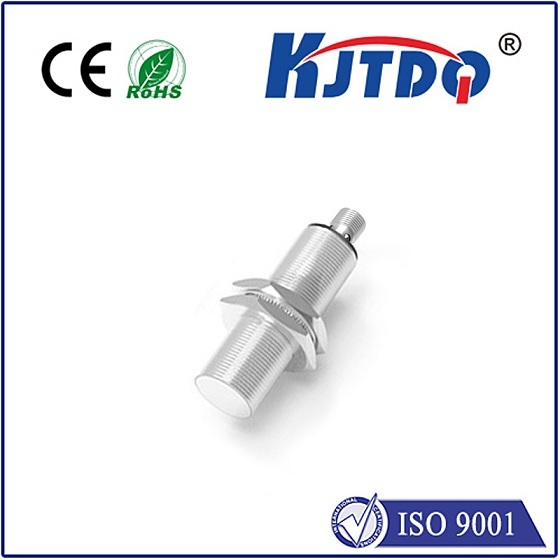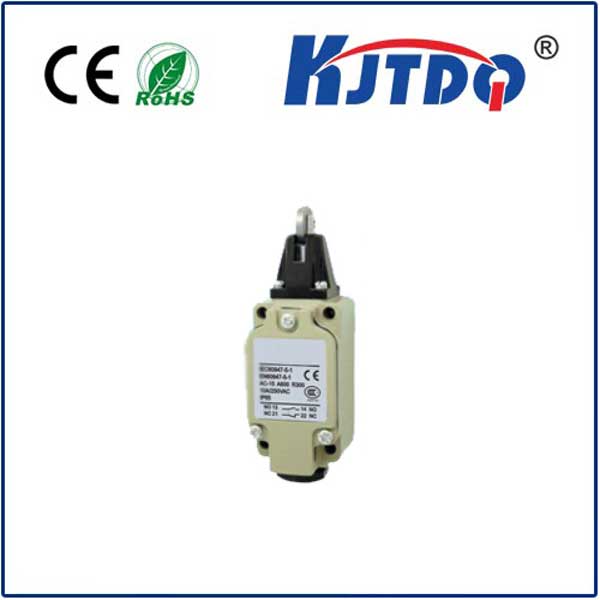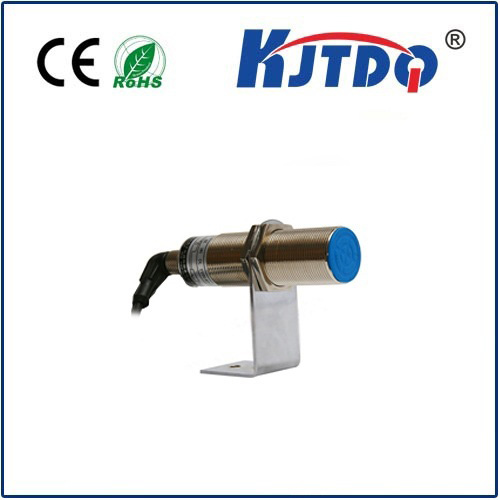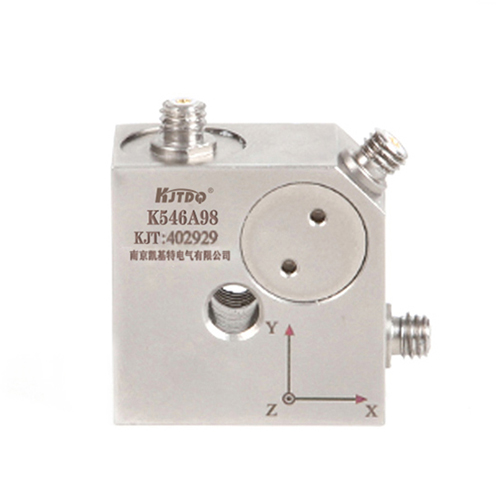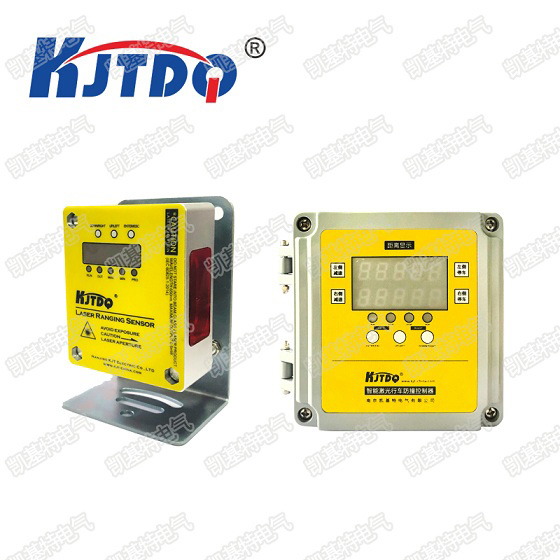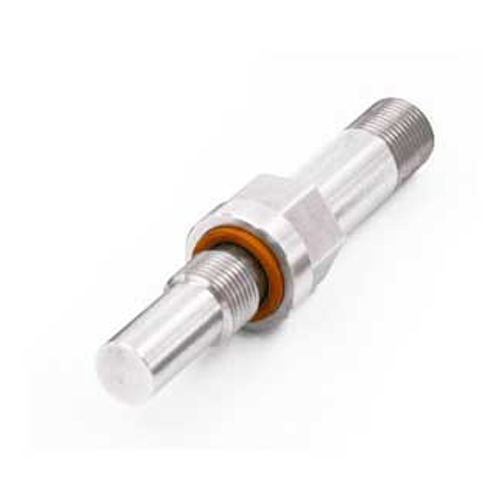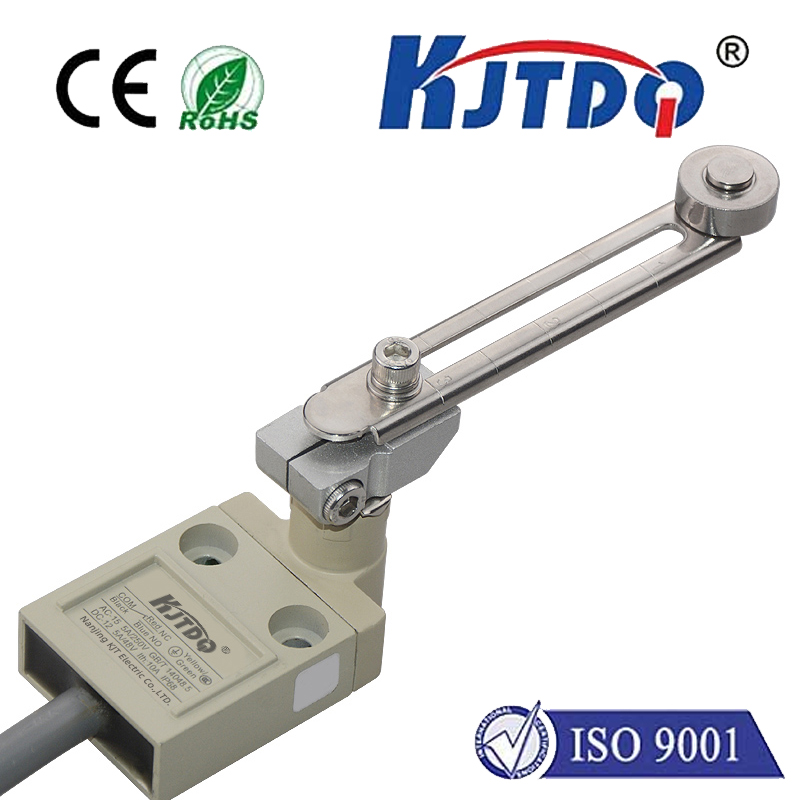

check

check

check

check
Temposonic Sensor: Enhancing Precision and Efficiency in Modern Applications
In an increasingly automated and data-driven world, the need for precise and reliable sensing technology has never been greater. Among the latest innovations in sensor technology, the temposonic sensor stands out as a groundbreaking solution that combines the principles of time-domain and frequency-domain analysis to offer unparalleled accuracy and versatility. This article explores the concept of the temposonic sensor, its working principle, and its applications in various fields, emphasizing its significance in modern engineering and scientific research.
The temposonic sensor operates on the principle of time-frequency analysis, which allows it to capture both the timing and frequency characteristics of a signal. Unlike traditional sensors that rely solely on one type of measurement, the temposonic sensor integrates two domains: time and frequency, enabling it to detect subtle changes in the environment with high precision. This dual-domain approach makes it particularly effective in scenarios where rapid and accurate responses are critical.
At its core, the temposonic sensor uses time-domain signals to measure the duration of events and frequency-domain signals to analyze the oscillations within a signal. By combining these two, the sensor can detect both the timing of events and the frequency of their occurrence, providing a more comprehensive understanding of the system under study. This capability is especially valuable in applications such as industrial automation, environmental monitoring, and biomedical diagnostics.

One of the key advantages of the temposonic sensor is its non-invasive nature. Unlike traditional sensors that may require physical contact with the environment, the temposonic sensor can be deployed in a variety of settings without disrupting the process it is monitoring. This makes it an ideal choice for applications where minimal interference is required, such as in real-time industrial control systems or in medical devices that need to operate without disturbing the patient.
The temposonic sensor is also highly adaptability. It can be calibrated for different environments and conditions, making it suitable for use in a wide range of applications. Whether it is used to monitor temperature fluctuations in a manufacturing plant or to detect subtle changes in blood flow in a patient’s body, the temposonic sensor demonstrates its versatility and reliability.
In the field of industrial automation, the temposonic sensor plays a crucial role in optimizing production processes. By continuously monitoring the timing and frequency of mechanical movements, it helps to detect anomalies and improve system efficiency. This not only reduces downtime but also enhances overall productivity, making it a valuable tool for manufacturers looking to stay competitive in a rapidly evolving market.
In the biomedical field, the temposonic sensor has shown great potential in monitoring physiological signals. Its ability to detect both the timing and frequency of signals such as heartbeats or brain activity makes it a powerful tool for diagnosing and monitoring various health conditions. For example, in cardiology, the sensor can provide real-time data on heart rate variability, offering insights into a patient’s overall health and stress levels.
The environmental monitoring sector has also embraced the temposonic sensor for its ability to detect changes in environmental conditions with high precision. From monitoring air quality to detecting pollutants in water, the sensor can provide real-time data that helps in making informed decisions and implementing effective mitigation strategies.
As technology continues to advance, the temposonic sensor is expected to play an even greater role in various industries. Its unique ability to combine time and frequency analysis makes it an essential tool for those seeking precision and reliability in their applications. Whether it is used in manufacturing, healthcare, or environmental monitoring, the temposonic sensor is redefining the way we approach sensing and measurement.
In conclusion, the temposonic sensor represents a significant leap forward in sensor technology, offering a powerful combination of time and frequency analysis. Its applications span a wide range of fields, and its ability to provide accurate and reliable data makes it an indispensable tool in modern engineering and scientific research. As we continue to push the boundaries of what is possible, the temposonic sensor stands as a testament to the power of innovation and the importance of precision in measurement.
